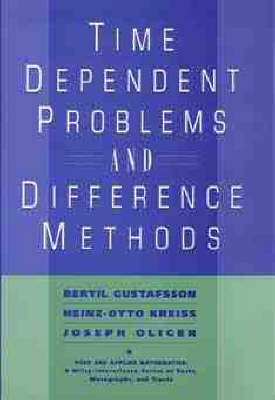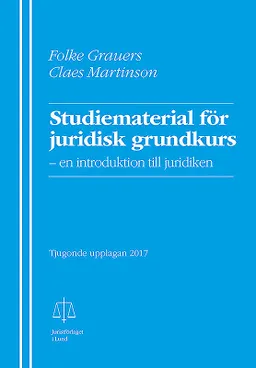Time dependent problems frequently pose challenges in areas of science and engineering dealing with numerical analysis, scientific computation, mathematical models, and most importantlynumerical experiments intended to analyze physical behavior and test design. Time Dependent Problems and Difference Methods addresses these various industrial considerations in a pragmatic and detailed manner, giving special attention to time dependent problems in its coverage of the derivation and analysis of numerical methods for computational approximations to Partial Differential Equations (PDEs). The book is written in two parts. Part I discusses problems with periodic solutions; Part II proceeds to discuss initial boundary value problems for partial differential equations and numerical methods for them. The problems with periodic solutions have been chosen because they allow the application of Fourier analysis without the complication that arises from the infinite domain for the corresponding Cauchy problem. Furthermore, the analysis of periodic problems provides necessary conditions when constructing methods for initial boundary value problems. Much of the material included in Part II appears for the first time in this book. The authors draw on their own interests and combined extensive experience in applied mathematics and computer science to bring about this practical and useful guide. They provide complete discussions of the pertinent theorems and back them up with examples and illustrations. For physical scientists, engineers, or anyone who uses numerical experiments to test designs or to predict and investigate physical phenomena, this invaluable guide is destined to become a constant companion. Time Dependent Problems and Difference Methods is also extremely useful to numerical analysts, mathematical modelers, and graduate students of applied mathematics and scientific computations. What Every Physical Scientist and Engineer Needs to Know About Time Dependent Problems . . . Time Dependent Problems and Difference Methods covers the analysis of numerical methods for computing approximate solutions to partial differential equations for time dependent problems. This original book includes for the first time a concrete discussion of initial boundary value problems for partial differential equations. The authors have redone many of these results especially for this volume, including theorems, examples, and over one hundred illustrations. The book takes some less-than-obvious approaches to developing its material: *Treats differential equations and numerical methods with a parallel development, thus achieving a more useful analysis of numerical methods *Covers hyperbolic equations in particularly great detail *Emphasizes error bounds and estimates, as well as the sufficient results needed to justify the methods used for applications Time Dependent Problems and Difference Methods is written for physical scientists and engineers who use numerical experiments to test designs or to predict and investigate physical phenomena. It is also extremely useful to numerical analysts, mathematical modelers, and graduate students of applied mathematics and scientific computations.
Åtkomstkoder och digitalt tilläggsmaterial garanteras inte med begagnade böcker





















